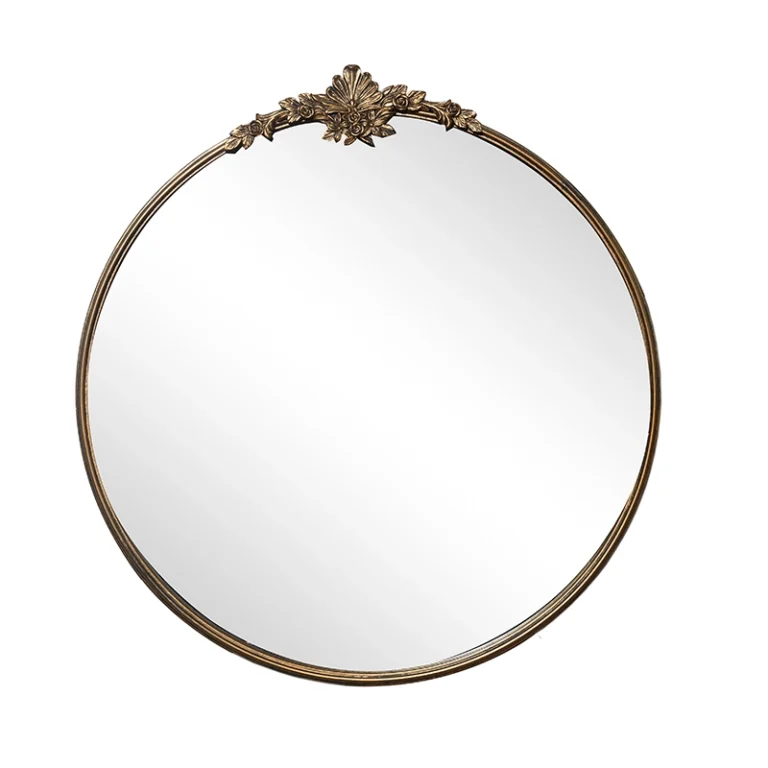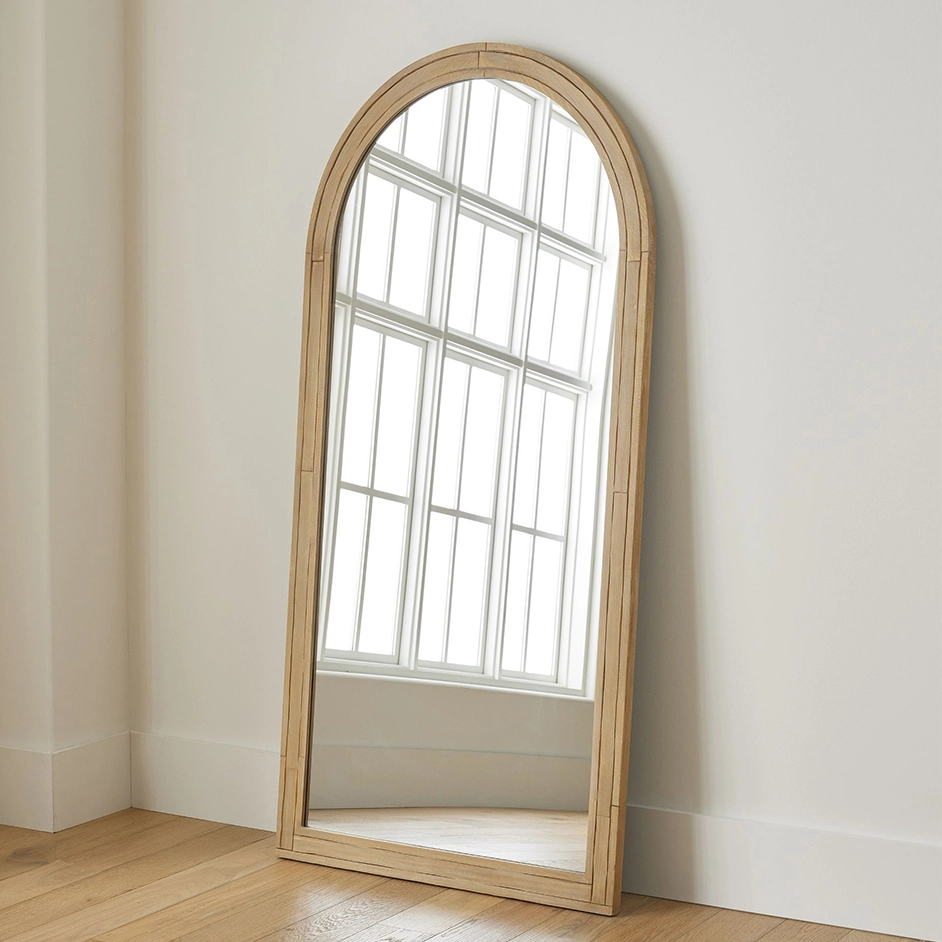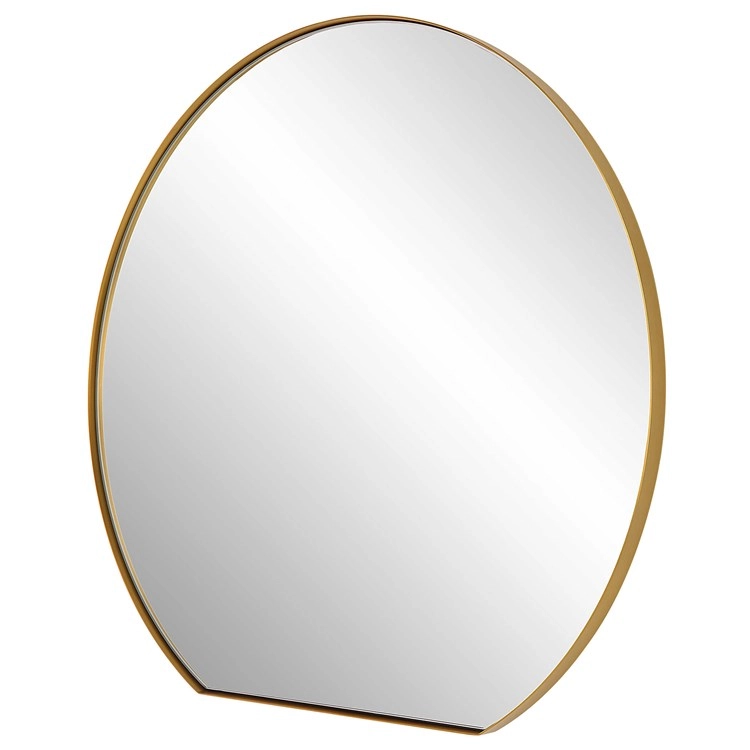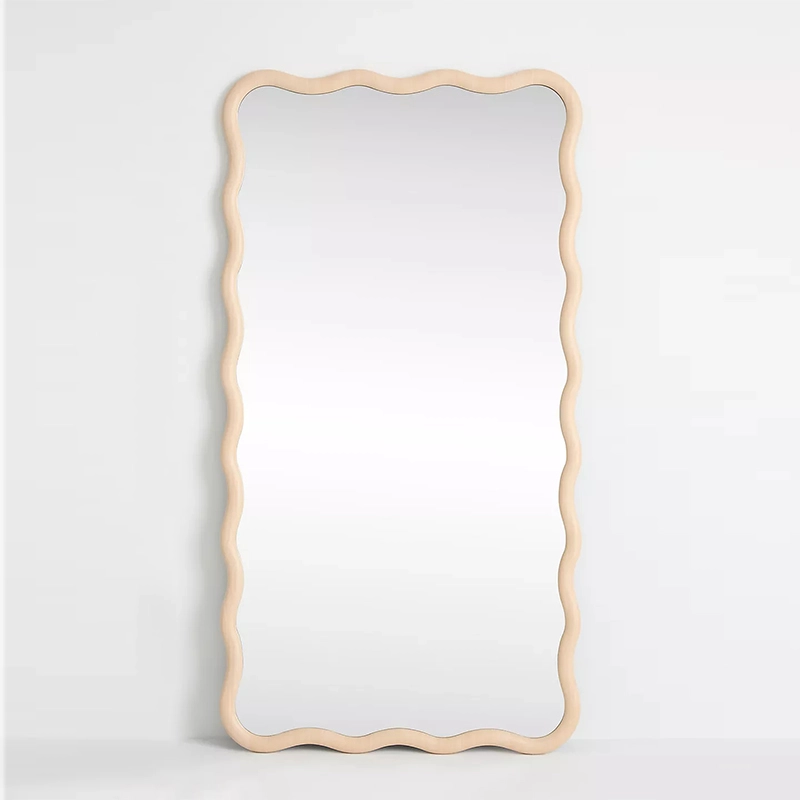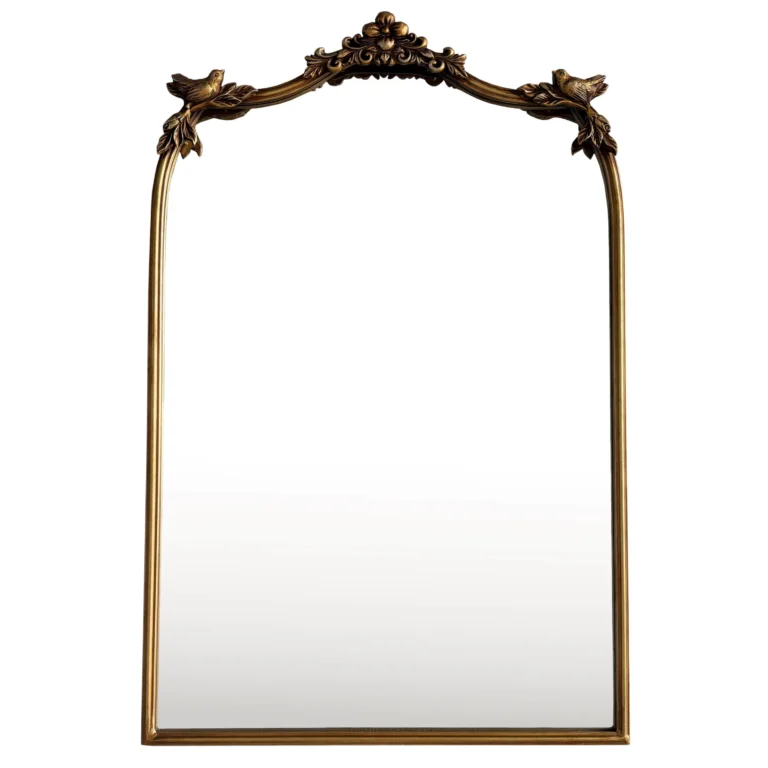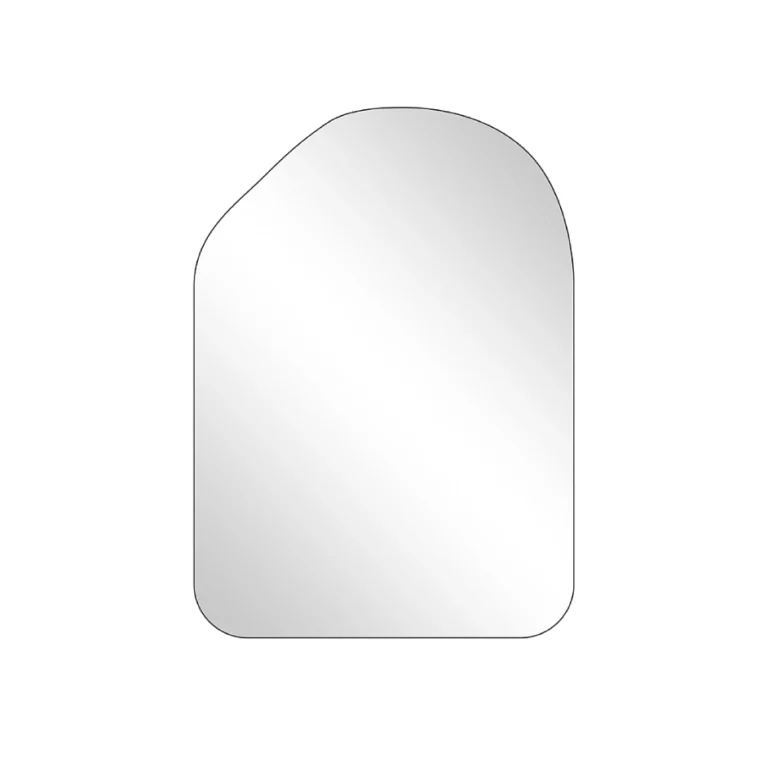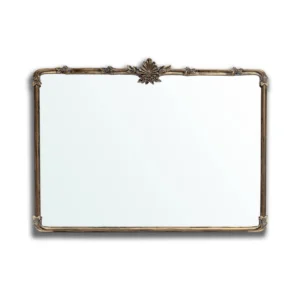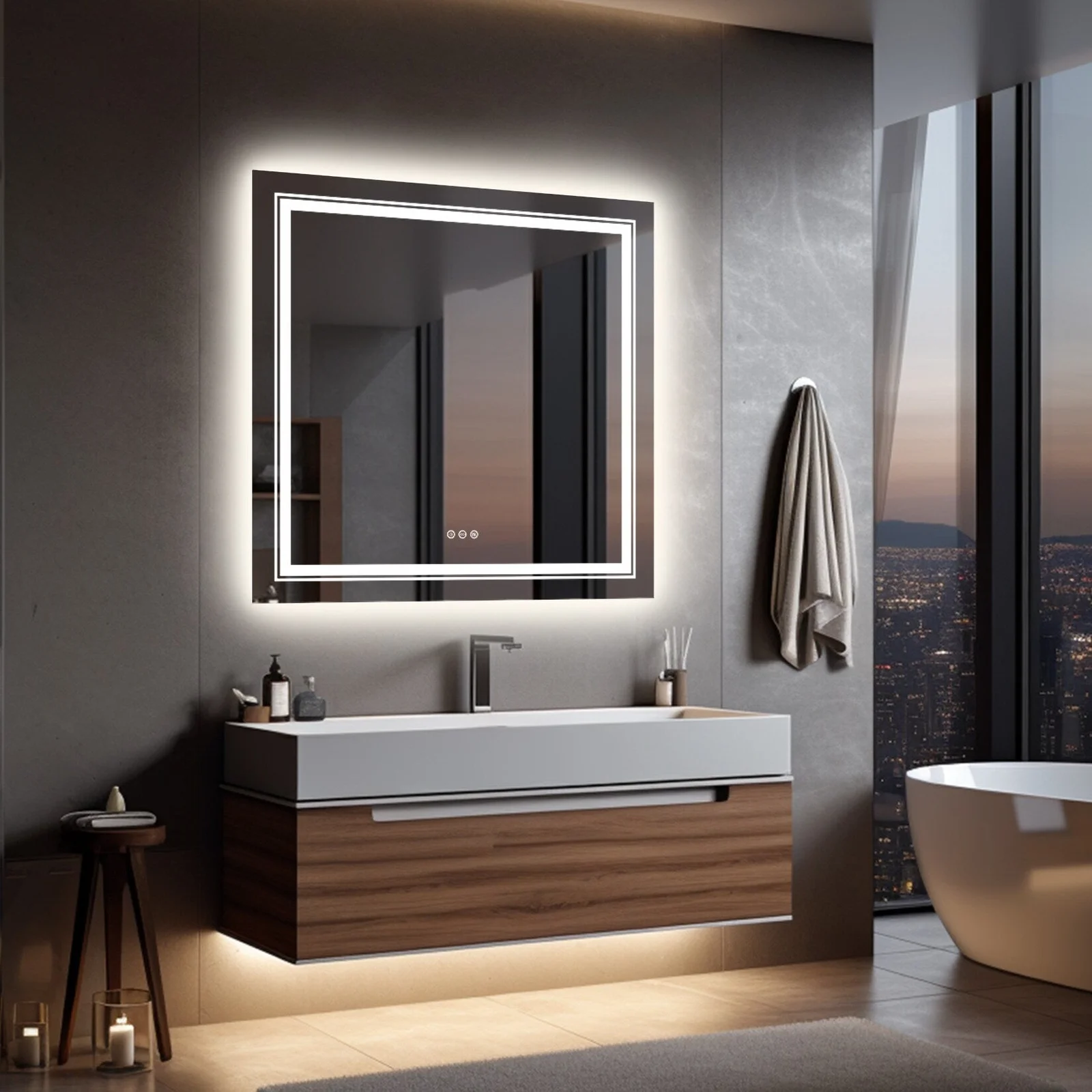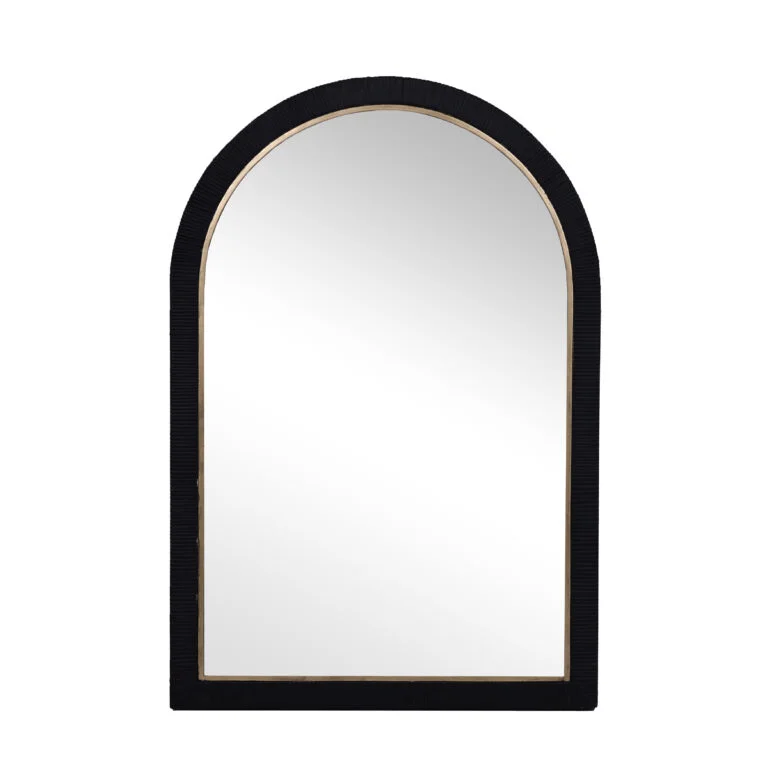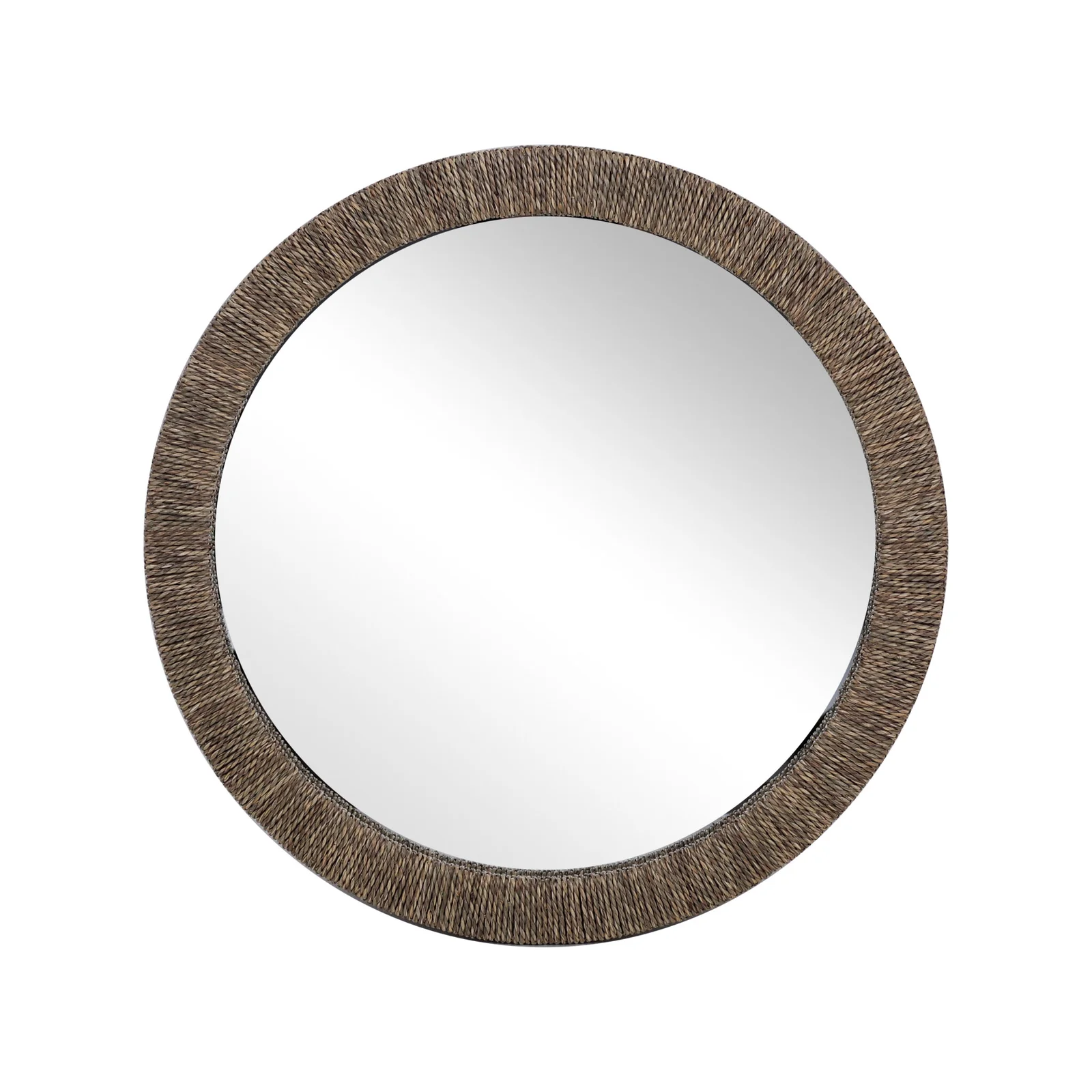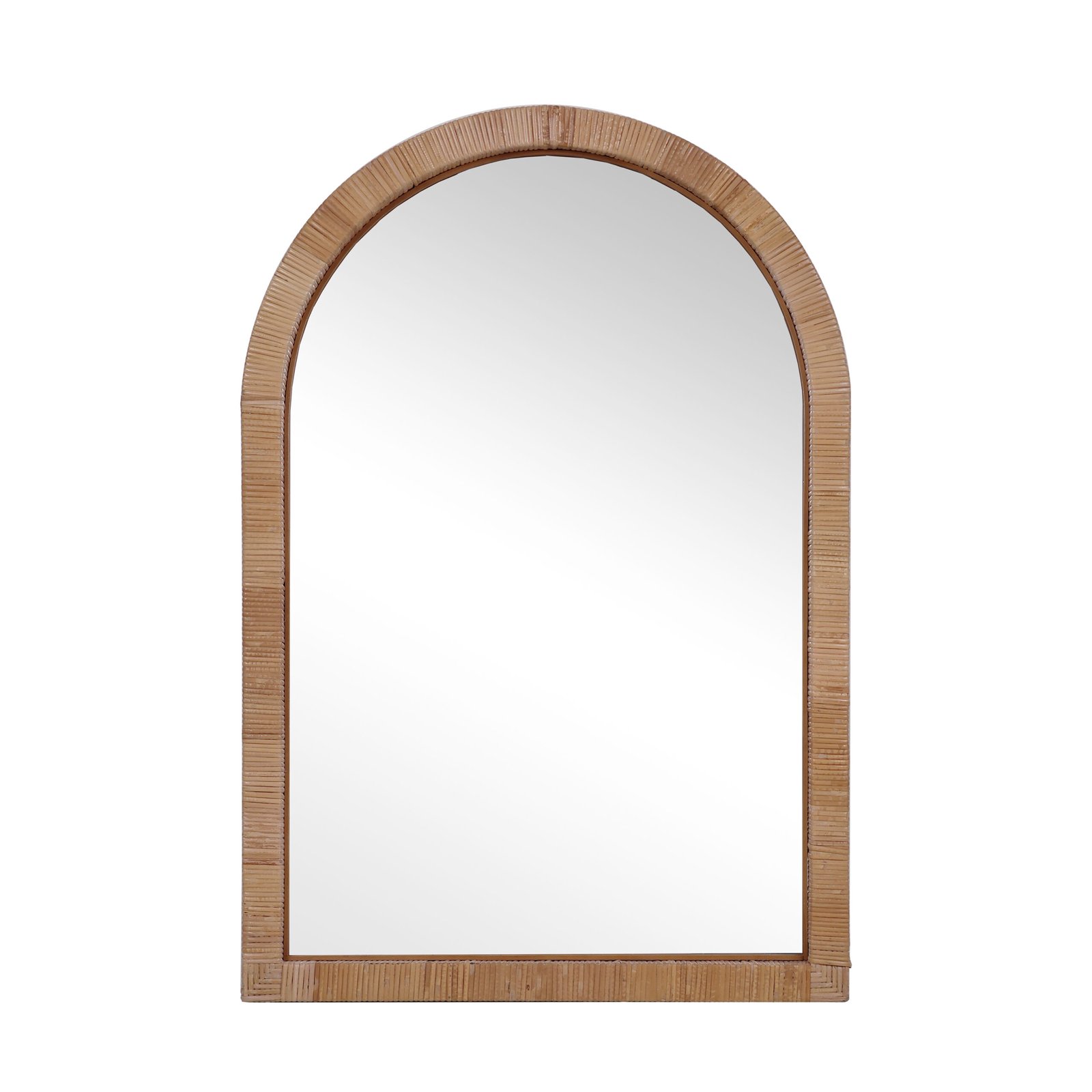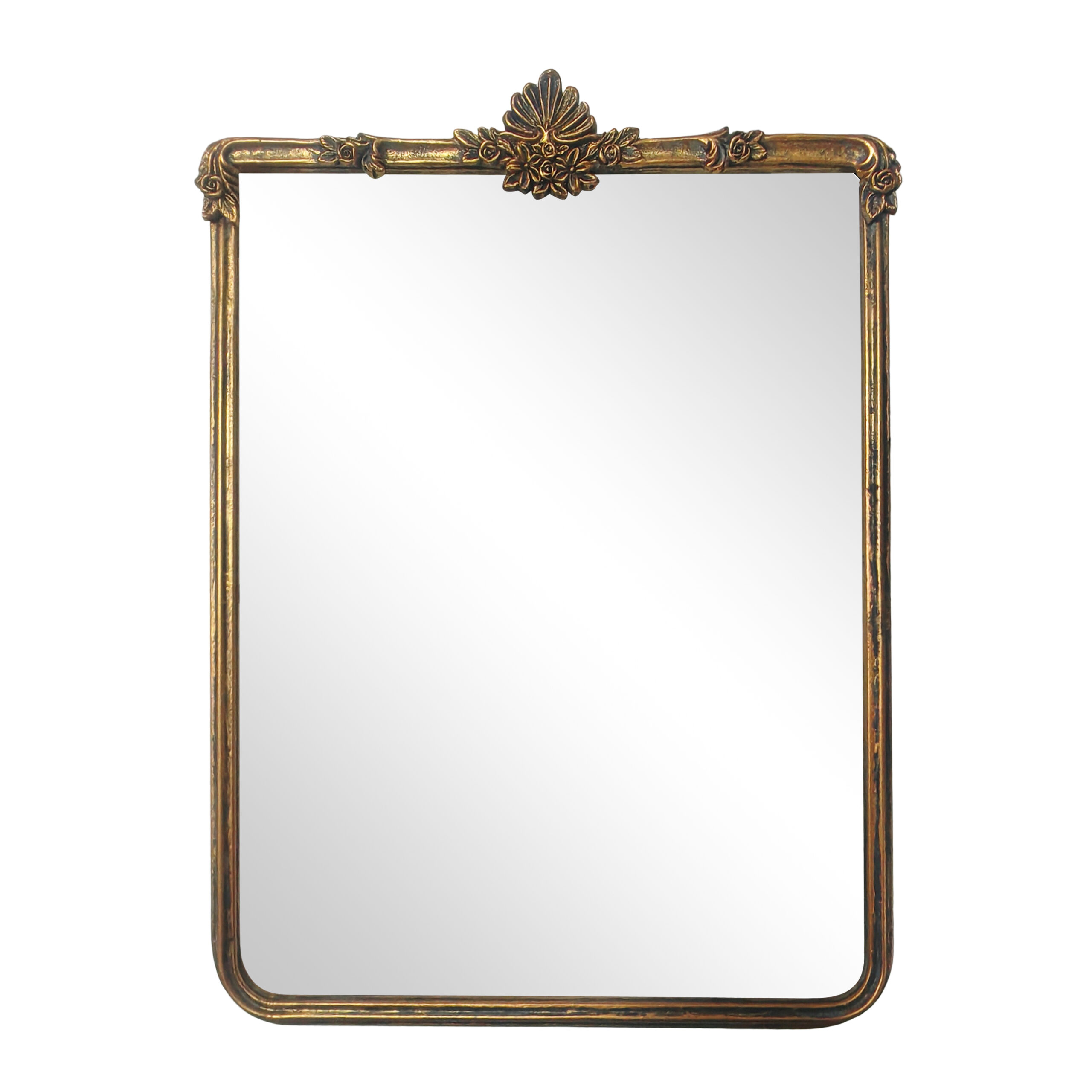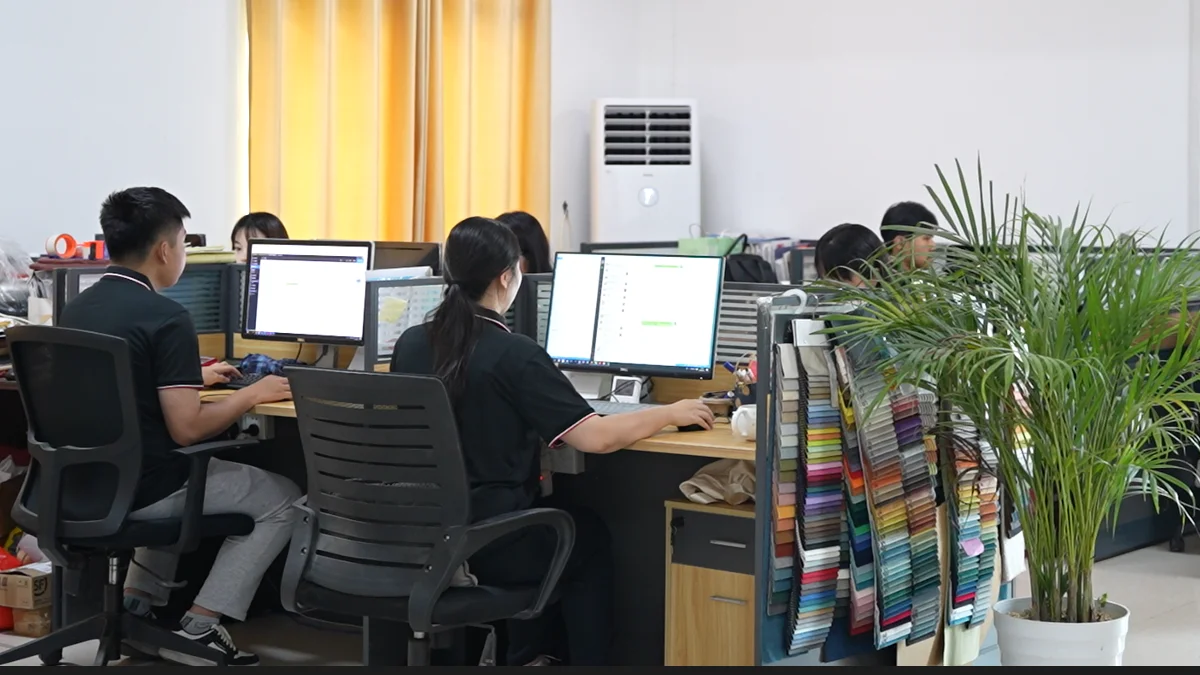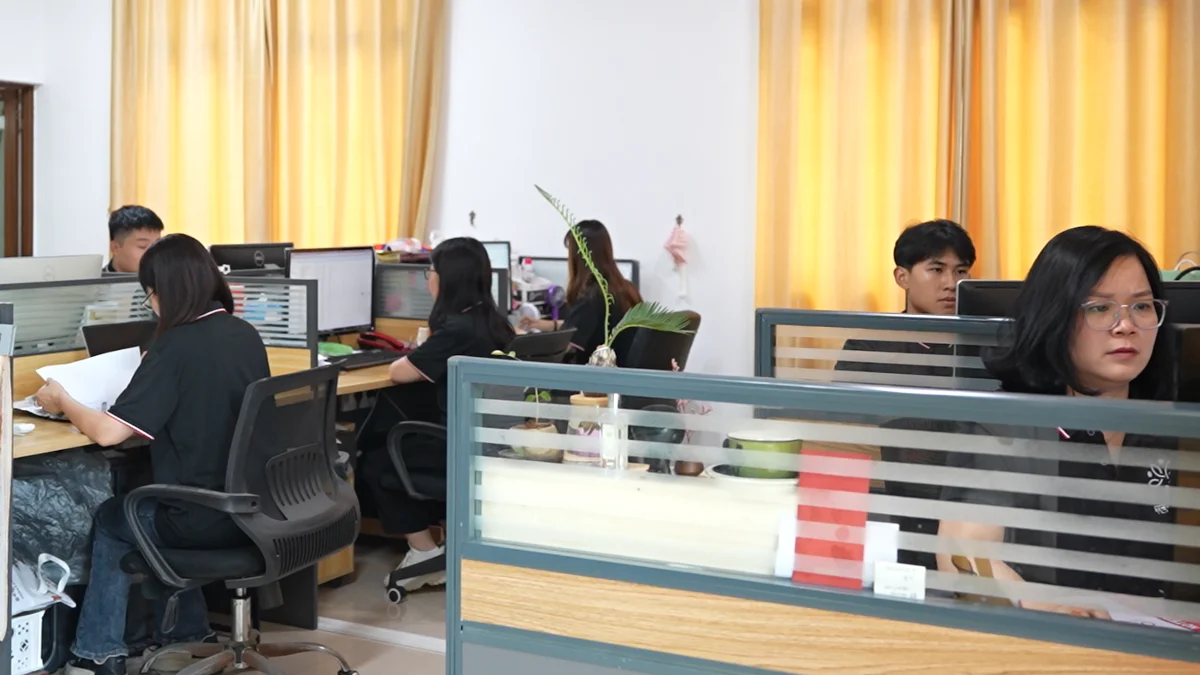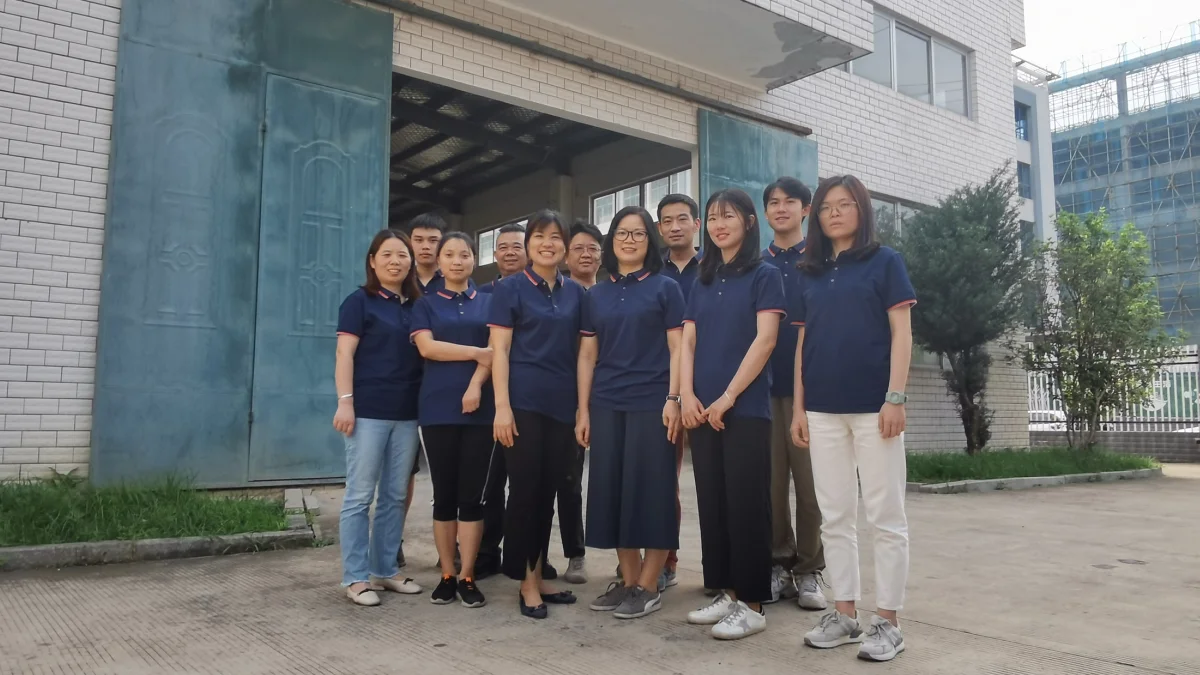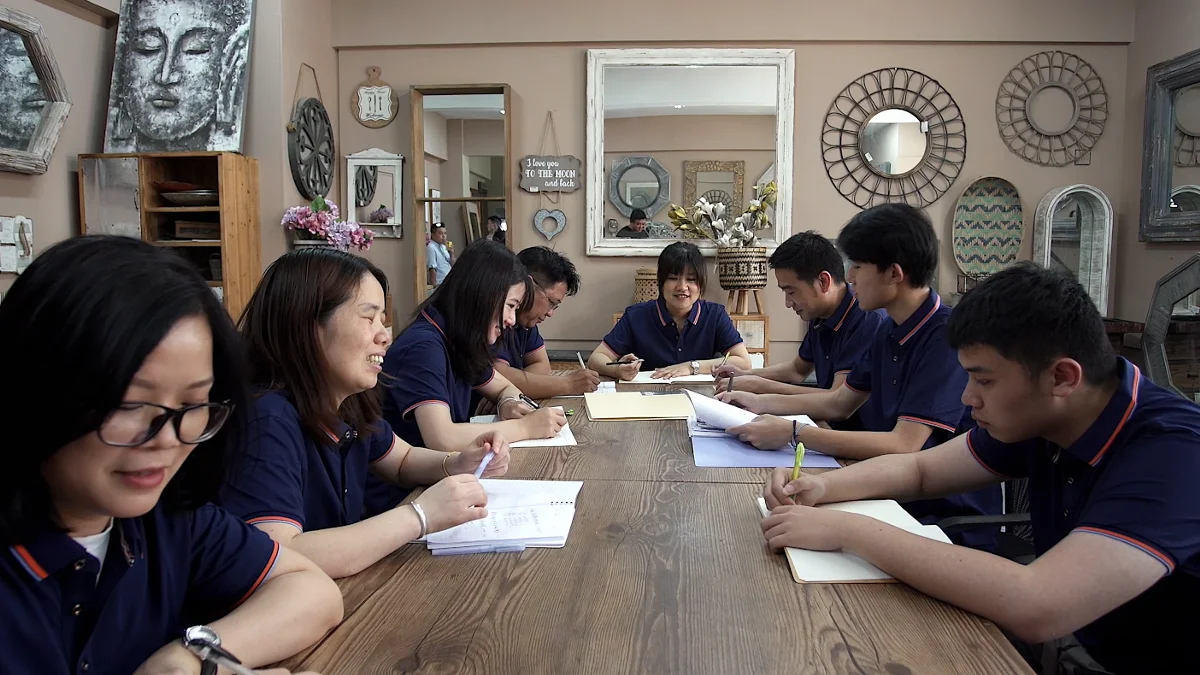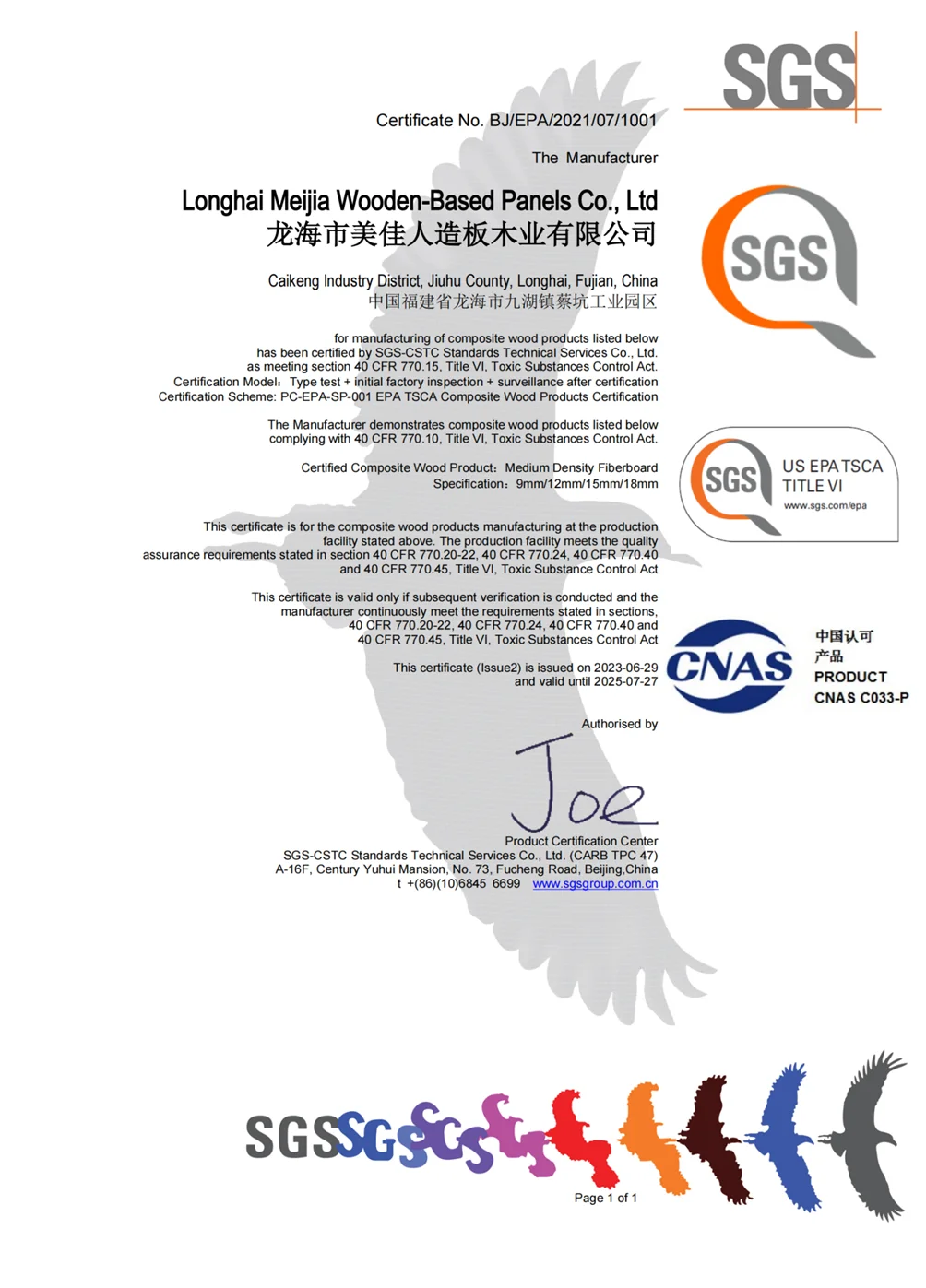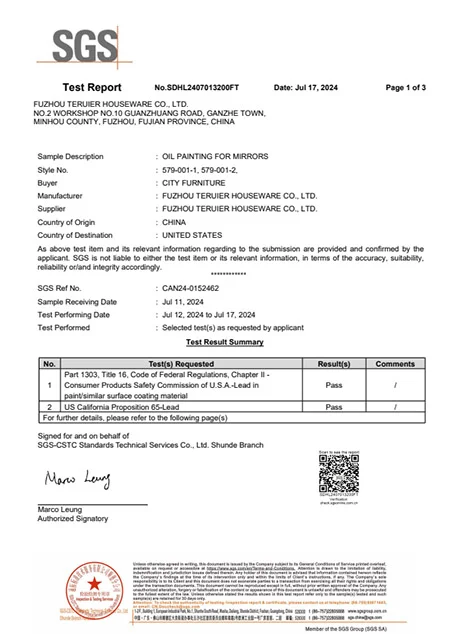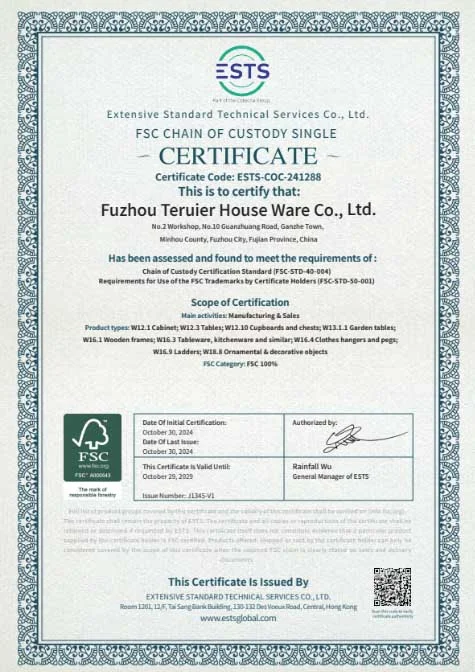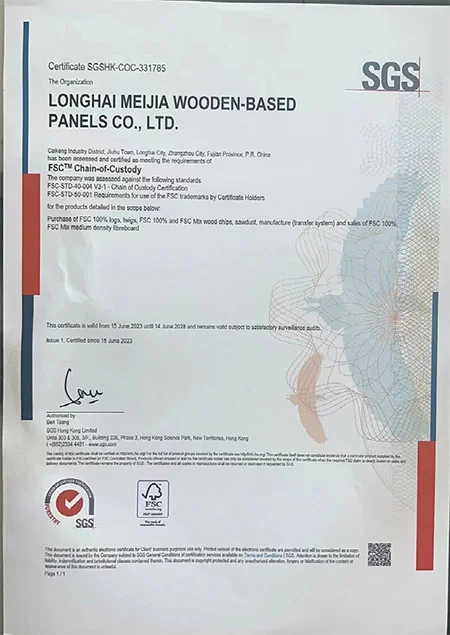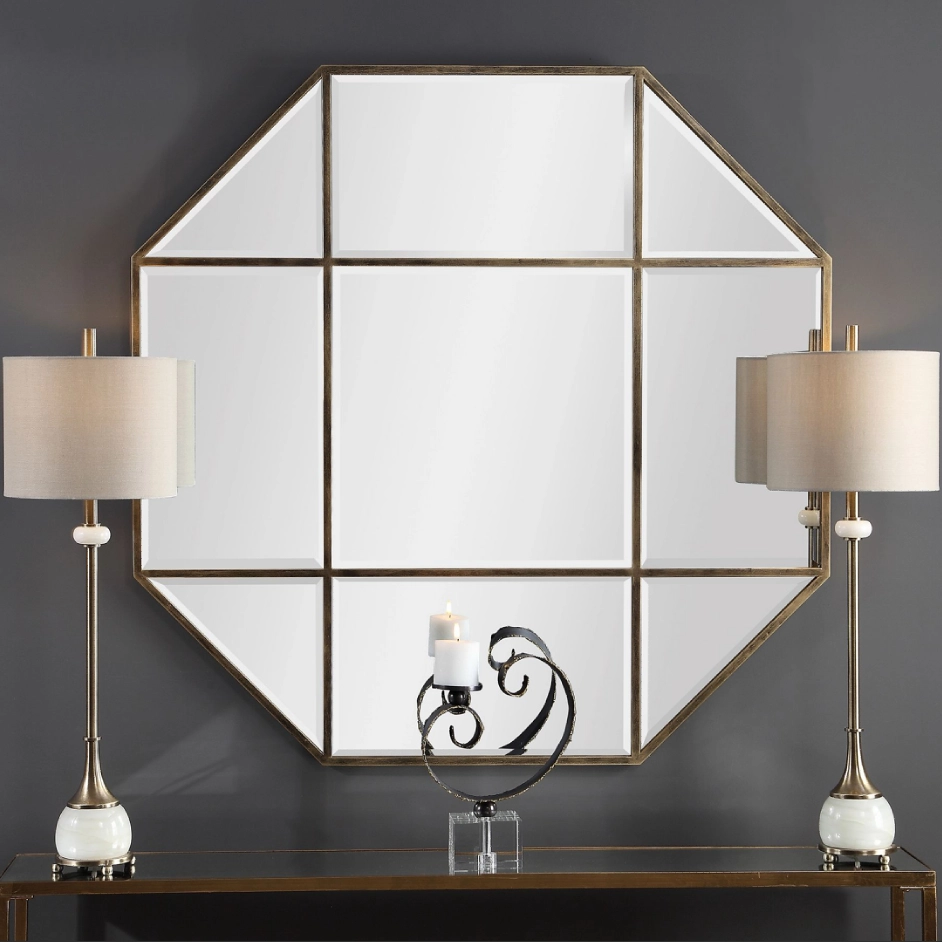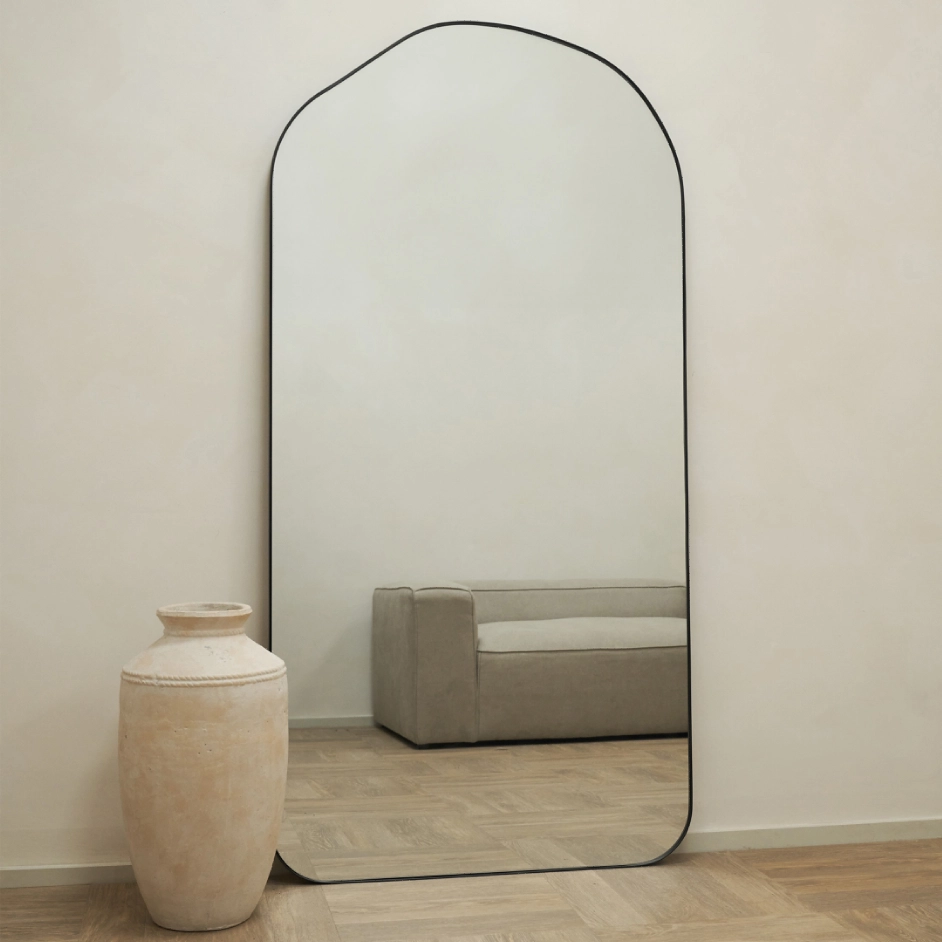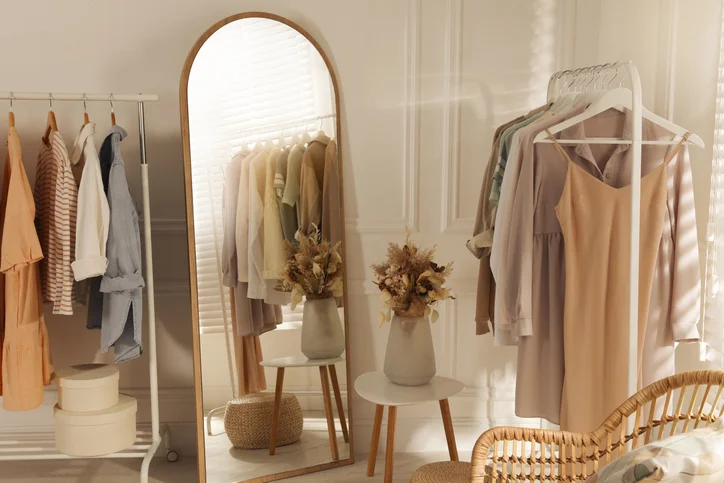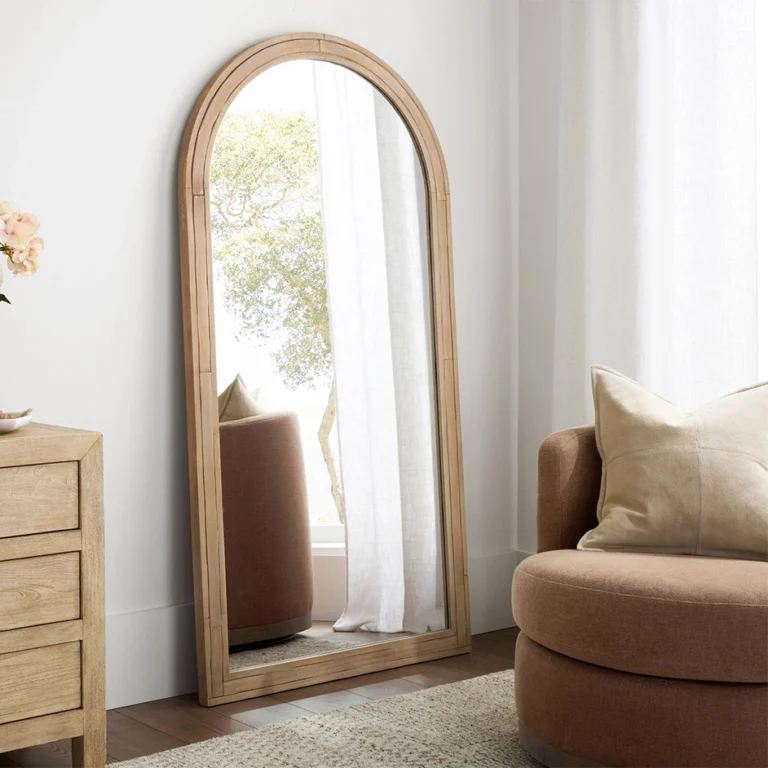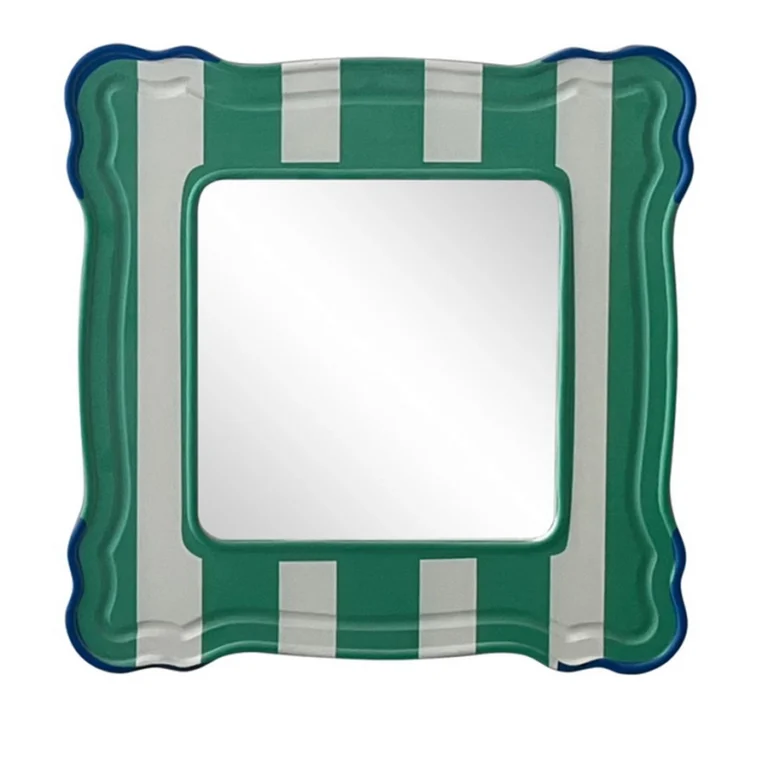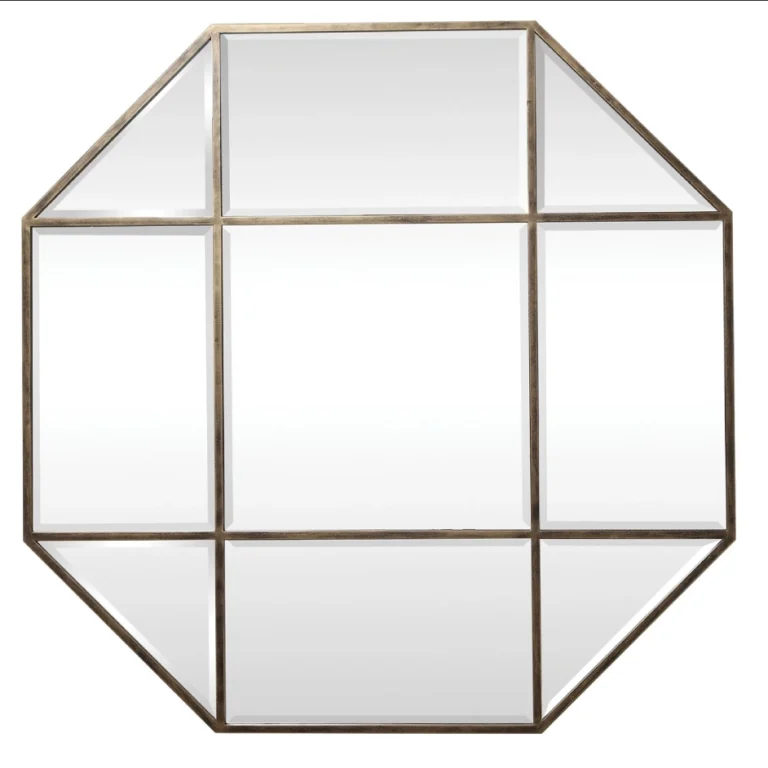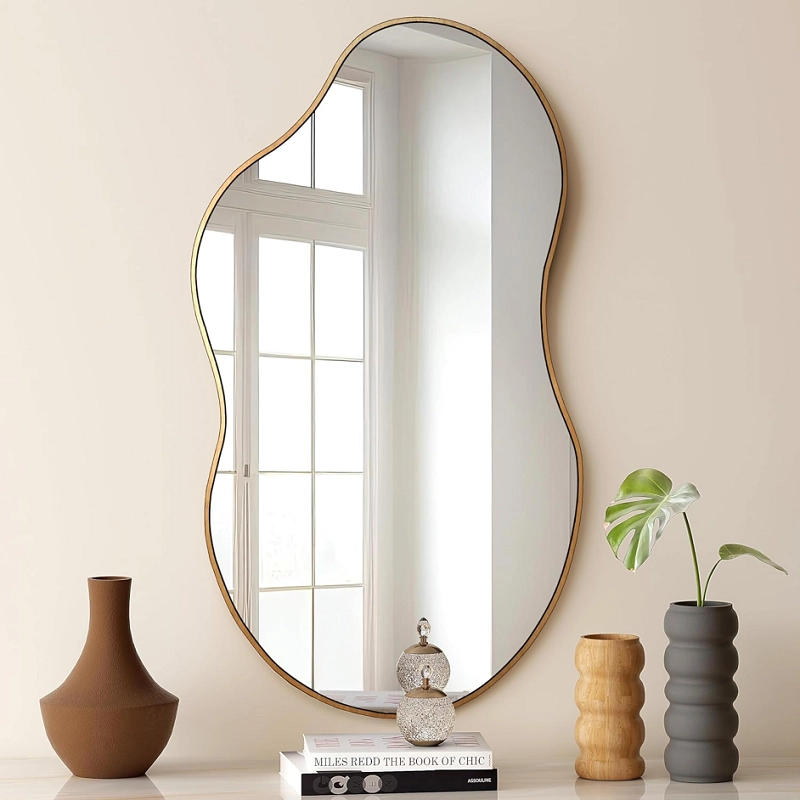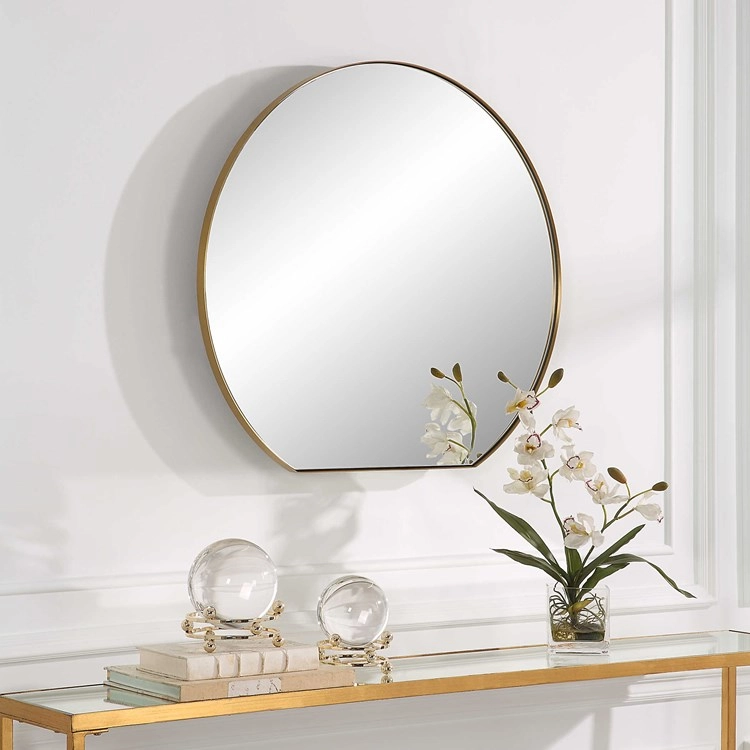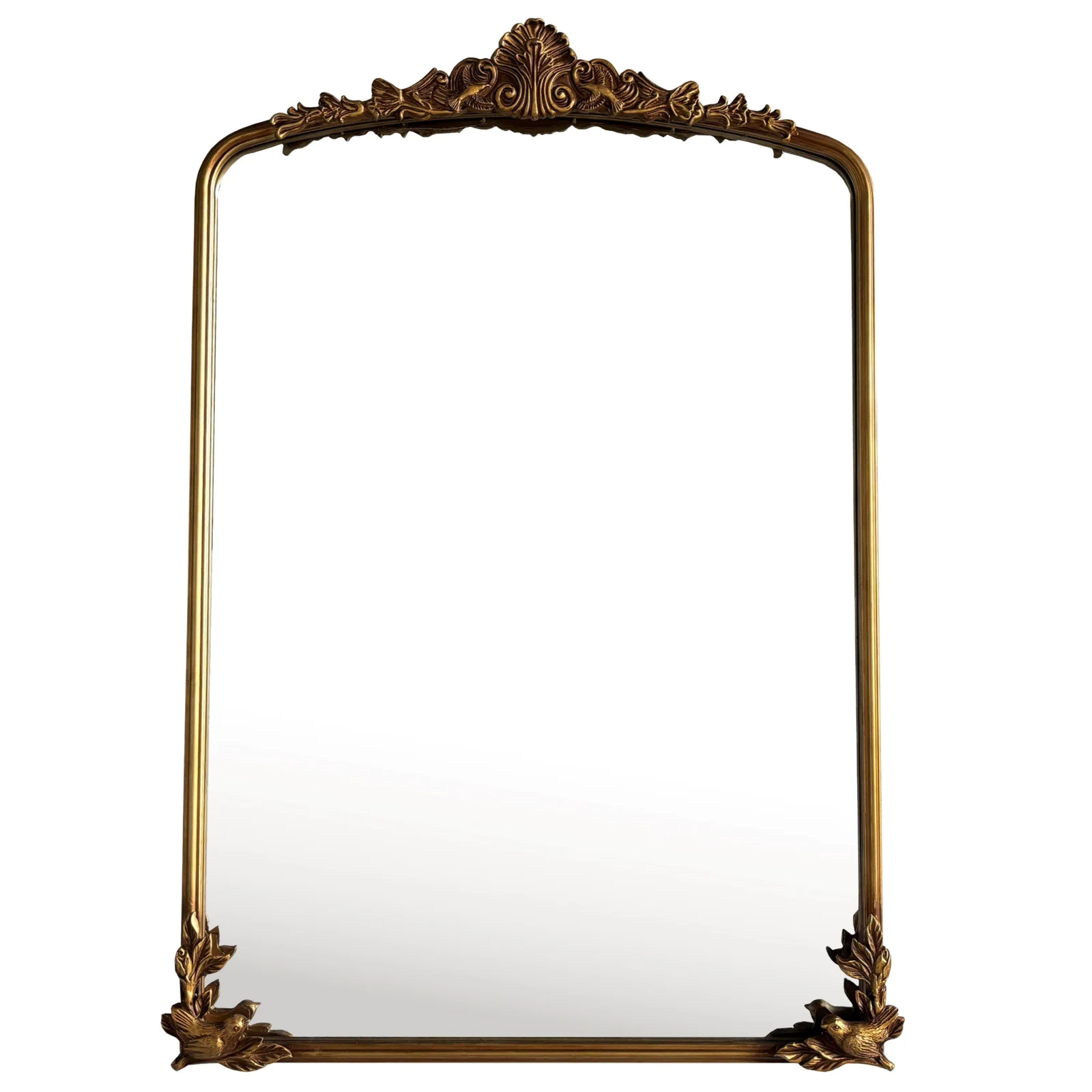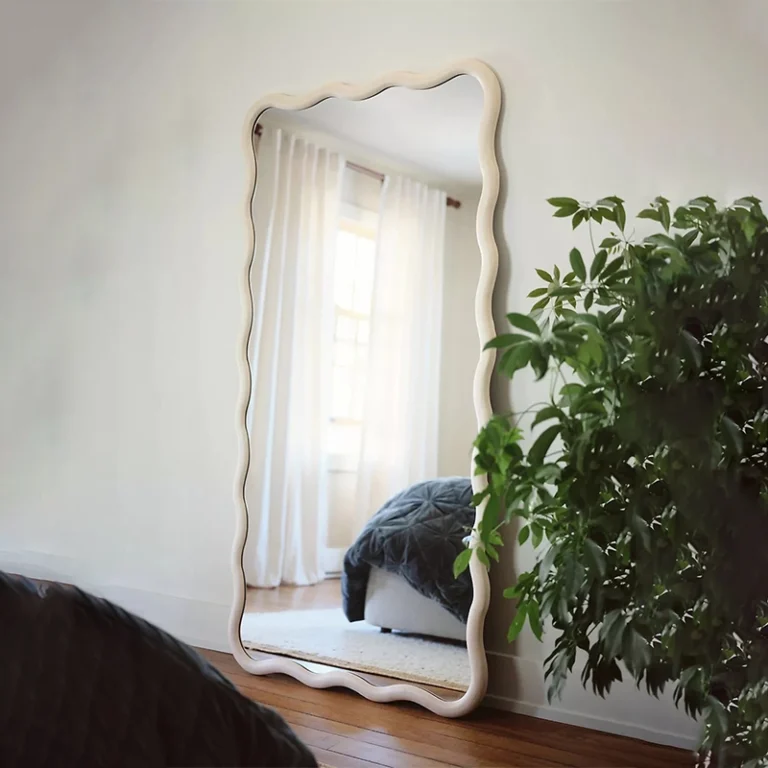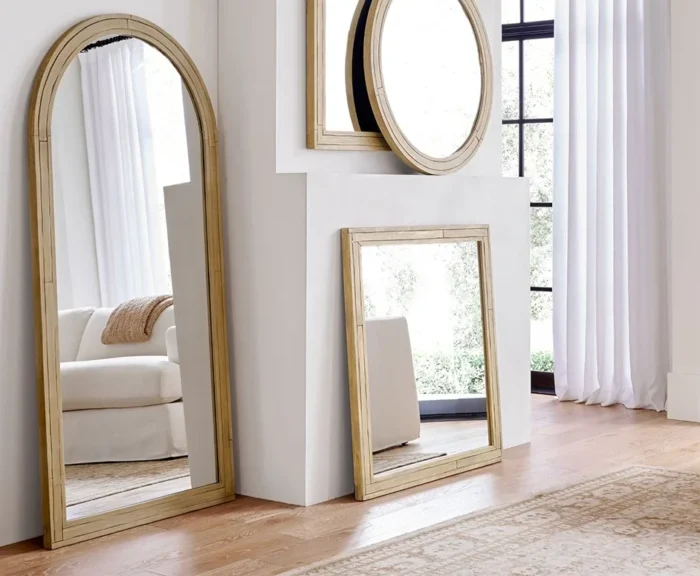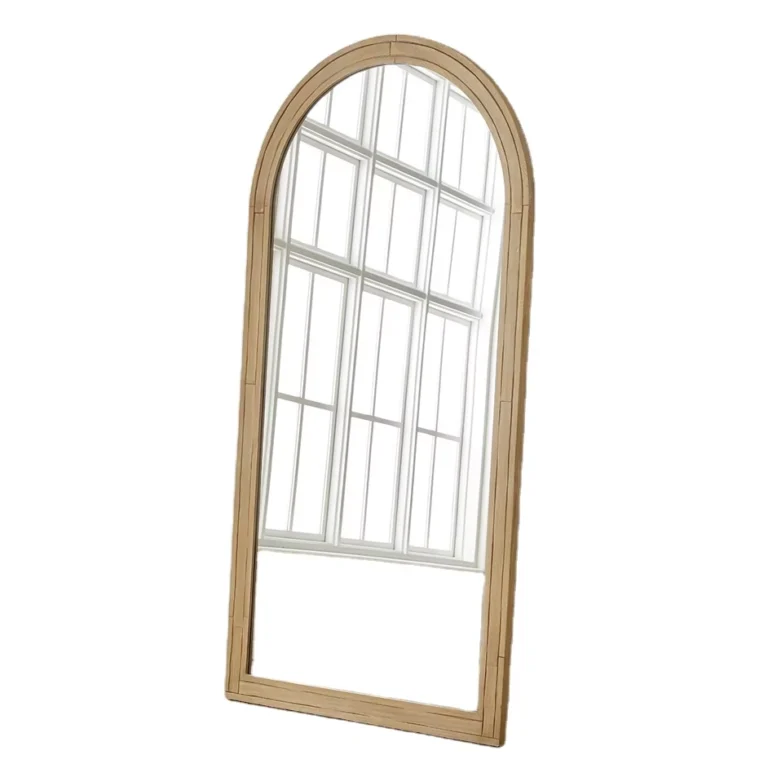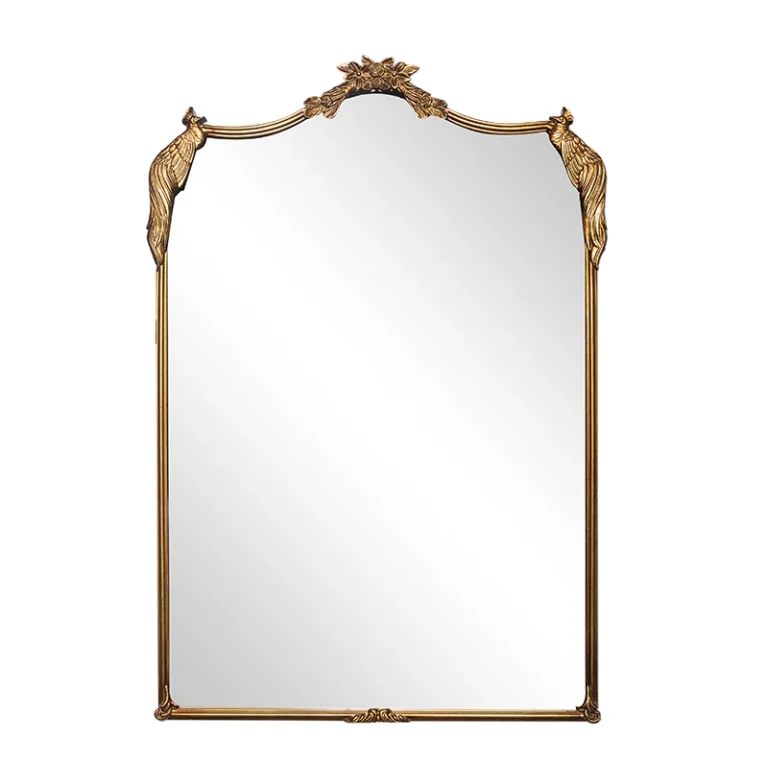Tropical mirror
Of course. The term “Tropical Mirror” is fascinating because it sits at the intersection of three complex fields: tropical geometry, mirror symmetry, and string theory. It’s a very advanced topic in modern mathematics and physics.
Here’s a breakdown of what it means, from the basic concepts to the big picture.
1. Deconstructing the Term
First, let’s understand the two parts separately.
What is Tropical Geometry?
Tropical geometry is a relatively new field of mathematics where we replace the usual rules of algebra (addition and multiplication) with “tropical” operations. It’s a piecewise-linear “shadow” of classical algebraic geometry.
-
Tropical Semiring: The algebraic structure is defined by:
-
Tropical Addition:
x ⊕ y = min(x, y)(some versions usemax) -
Tropical Multiplication:
x ⊗ y = x + y
-
-
Geometric Objects: A polynomial like
f(x) = x² + 2x + 3becomesF(x) = min(2x, x+2, 3). The “tropical curve” defined by this is not a smooth curve, but a piecewise linear graph made of line segments. This turns complicated algebraic curves into simpler combinatorial objects.
Why it’s useful: It simplifies problems in algebraic geometry, enumerative geometry, and optimization by transforming them into combinatorial problems that are often easier to solve.
Generally speaking, our order requirements are as follows: the minimum order quantity (MOQ) for large items is 50 pieces, for regular items it is 100 pieces, for small items it is 500 pieces, and for very small items (such as ceramic decorations) the MOQ is 1,000 pieces. Orders exceeding $100,000 will receive a 5% discount. The delivery timeline is determined based on the specific order quantity and production schedule. Typically, we are able to complete delivery within two months.
